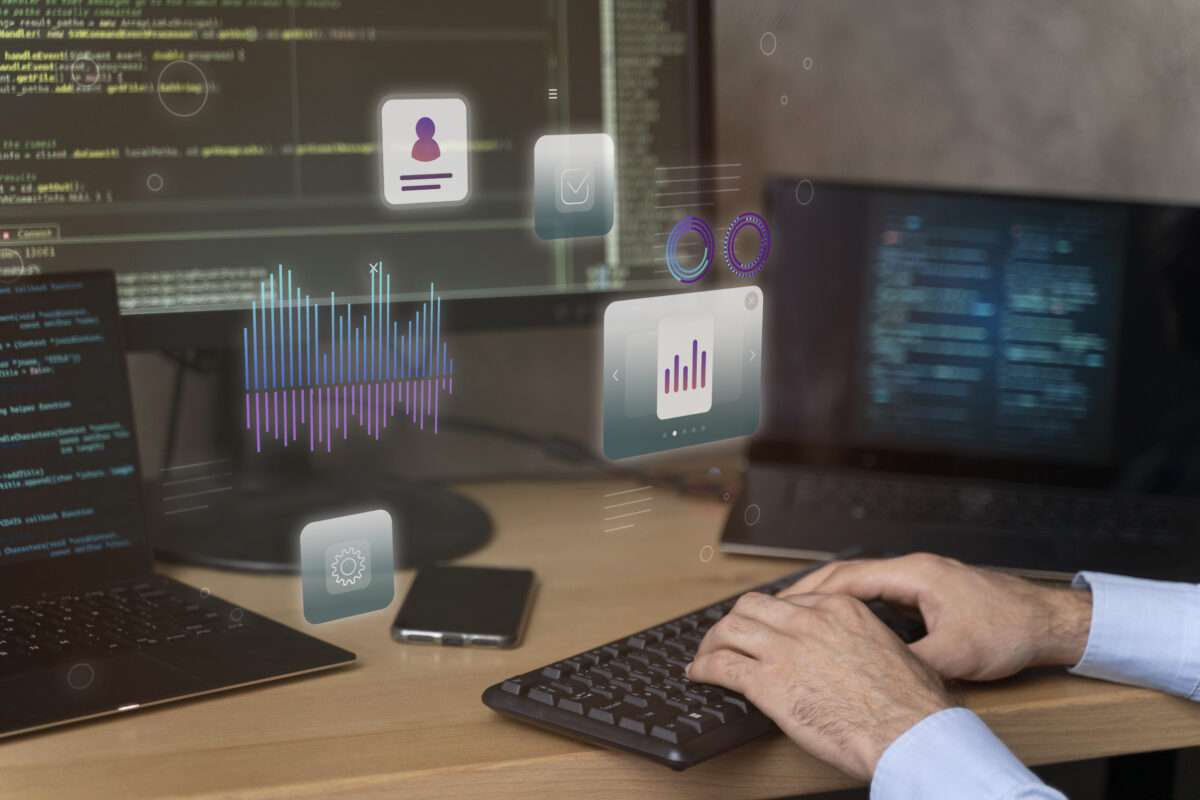Electronic Medical Records (EMR) software is a digital system that stores and manages patient health information. It is a secure, electronic version of traditional paper medical records and provides healthcare providers with easy access to patient data in one centralized location.
The use of EMR software has become increasingly popular in recent years due to its many benefits. One of the main advantages is that it allows for quicker, more efficient documentation. With EMR software, healthcare professionals can easily input and update patient information such as medical history, prescriptions, lab results, and treatment plans in real-time. This eliminates the need for manual data entry and reduces the chances of errors or missing information.
Advantages of EMR Software for Healthcare Providers
Electronic Medical Records (EMR) software has completely revolutionized the way healthcare provider’s document and manage patient information. Gone are the days of paper-based records and handwritten notes, as EMR technology offers numerous advantages for healthcare providers. In this section, we will discuss the various benefits of using EMR software in a healthcare setting.
1. Improved Efficiency and Productivity
EMR software eliminates the need for manual data entry and paperwork, which saves valuable time for healthcare providers. With just a few clicks, they can access detailed patient information including medical history, lab results, imaging reports, medications, and more. This streamlines their workflow and allows them to focus on providing quality care to patients.
2. Accurate Documentation
One of the most significant advantages of EMR software is that it ensures accurate documentation of patient information. This includes capturing vital signs accurately during each visit along with documenting medications prescribed or administered to patients.
3. Better Communication and Coordination
EMR software allows for seamless communication between healthcare professionals within the network. Providers can easily share patient information, lab results, imaging reports, and more with other specialists or primary care physicians involved in a patient’s care.
This leads to better coordination among team members and reduces the risk of duplicate tests or procedures. It also ensures that all healthcare professionals are on the same page when it comes to a patient’s treatment plan.
4. Cost Savings
Implementing EMR software can lead to cost savings for healthcare providers in various ways. The reduction in paperwork and manual data entry saves money on supplies like paper, ink, and storage space for physical records.
Challenges and Concerns Surrounding EMR Software Adoption
EMR software adoption has been a hot topic in the healthcare industry for several years now. While many healthcare organizations have successfully implemented electronic medical records (EMRs) into their practices, others continue to face challenges and concerns surrounding this transition. In this section, we will discuss some of the key challenges and concerns that are commonly associated with EMR software adoption.
1. Cost:
One of the biggest challenges that healthcare organizations face when implementing EMR software is the cost. The initial investment in purchasing and setting up an EMR system can be significant, especially for smaller practices with limited budgets. Additionally, there may be ongoing costs such as maintenance fees, upgrades, and training expenses. This financial burden may deter some healthcare providers from adopting EMR software altogether.
2. Complexity:
Another challenge is the complexity of EMR systems. These software programs are often highly technical and require extensive training to use effectively. For busy healthcare professionals who already have a heavy workload, learning how to use a new system can be overwhelming and time-consuming. This can lead to frustration and resistance towards using the system.
3. Data security:
Data security is a major concern for any organization handling sensitive patient information, and this is especially true for healthcare providers. The transition from paper records to electronic records brings new security risks, and there have been instances of data breaches and hacks in the past. This can be a significant barrier for healthcare organizations that are considering adopting EMR software.
Conclusion
As we continue to advance in technology, it is clear that electronic medical records software will play a crucial role in the future of healthcare documentation. It has the potential to improve efficiency, accuracy, and accessibility of patient information while also reducing costs and increasing patient satisfaction. With constant innovation and development, we can expect even more advancements in this field, making healthcare documentation faster and easier for both patients and providers. The future is bright for electronic medical records software and its impact on the healthcare industry will continue to grow as we move towards a more digital world.










